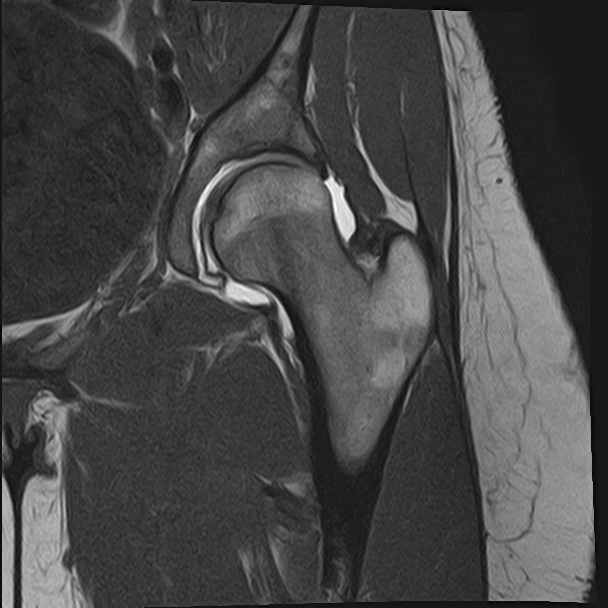Mri With Contrast Labral Tear. acute spinal cord injury (sci) is one of the most common causes of severe disability and mortality after trauma. Magnetic resonance angiography (mra) combines mri technology with a contrast material injected into the hip joint space to make a labral tear easier to see. Doctors can get highly refined images of the body's interior without surgery, using mri. By using strong magnets and pulses of radio waves to manipulate the natural magnetic properties in the. the mri/mra findings of a posterior labral tear are classified into 3 types;

It is defined as a defect in the labral surface, intralabral surface or chondrolabral junction 10. mr arthrography had an advantage over conventional mri for detecting labral tears at the anterosuperior quadrant (sensitivity of mr arthrography, 81% and 69% for readers 1 and 2, respectively; Superior pv+ was observed for mri with contrast (66% vs. Mri With Contrast Labral Tear A magnetic resonance arthrography (mra) can provide detailed images of your hip's soft tissues. mri with contrast displayed superior sensitivity to standard mri for labral tear diagnosis (83% vs. mr arthrography had an advantage over conventional mri for detecting labral tears at the anterosuperior quadrant (sensitivity of mr arthrography, 81% and 69% for readers 1 and 2, respectively;
Labral tear in the hip joint Image
75%) and slightly superior specificity (29% vs. in mri reports, either of these labral divisions is acceptable, although the description by time zones is preferable because it best characterizes the extension of labral pathology (fig. mri with contrast displayed superior sensitivity to standard mri for labral tear diagnosis (83% vs. mri scan with or without contrast material to get a better view of the soft tissues surrounding the hip joint, including hip labrum. We prospectively compared mr imaging, mr arthrography, and ct arthrography to determine the sensitivity of each technique in detecting glenoid labral tears and in determining whether the labrum is detached or degenerated. Doctors can get highly refined images of the body's interior without surgery, using mri. they can check for arthritis and for structural problems. Mri With Contrast Labral Tear.